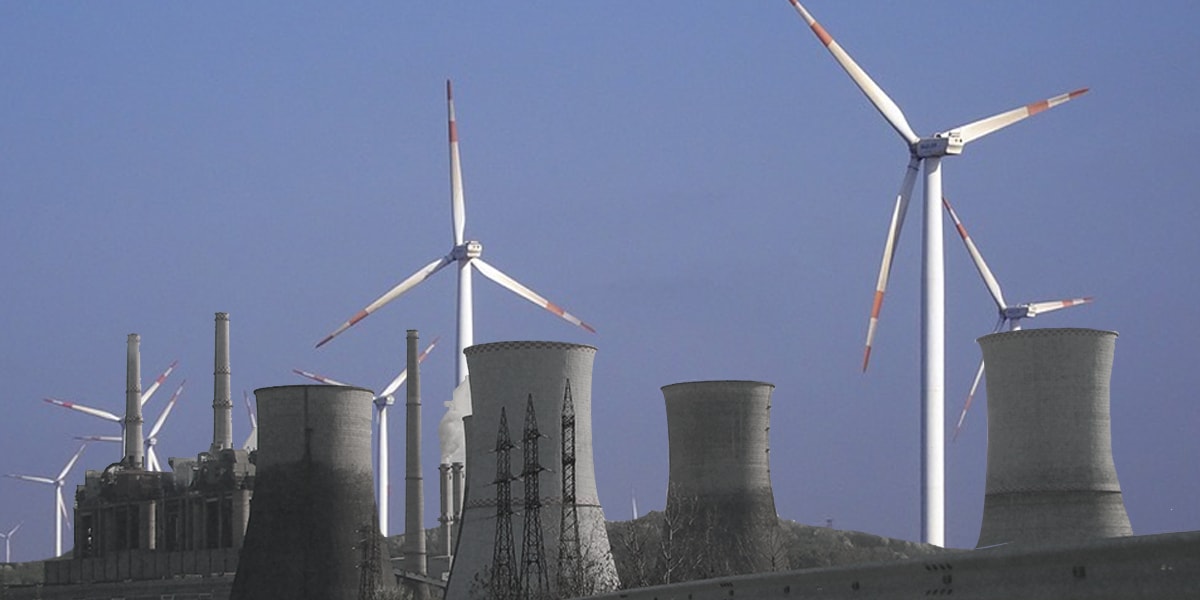Coal in the Romanian National Energy and Climate Plan (NECP)

Photo of the Rovinari power plant on the foreground: Țetcu Mircea Rareș
Briefing | 13 March 2019
Romania was among the countries which managed to submit its draft NECP before the deadline at the end of 2018. This came at a cost – a very limited period for consultations (only ten days), a fact which was signalled by most interested stakeholders. The document raised a series of concerns, the central one being the very unambitious target for renewable energy in final energy consumption of only 27.9%.
Ambiguity is one of the main problems of the Romanian NECP. A striking example of this is that it already anticipates that the installed coal capacity in 2020 will be 3.7GW, which is 2.2 GW less than what is currently available in the system. This decrease is not explained anywhere in the plan, nor did the Ministry for Energy or any operator announce any unit retirements by the end of the year. Furthermore, it is expected that until 2030 only an additional 540MW of coal capacity will disappear.
This slow decrease of coal capacity is inexplicable, given that the average coal unit in Romania is 42 years old, thus most can no longer operate economically. A possible explanation is the fact that calculations for the NECP are based on the National Energy Strategy, which prioritizes building a new 600MW unit on the site of the existing Rovinari power plant. In the final part of this briefing, co-authored by Zoltán Szabó and Csaba Vaszkó, we show that if this unit were built, it would hardly (if ever) be economic. Fuel, CO2 and limestone costs will eat up 82% of the total revenue, leaving little room to cover the other costs – salaries, operation etc. – not to mention making a profit.
Location: Romania
Tags: NECP | fossil fuels
Never miss an update
We expose the risks of international public finance and bring critical updates from the ground. We believe that the billions of public money should work for people and the environment.
STAY INFORMED
